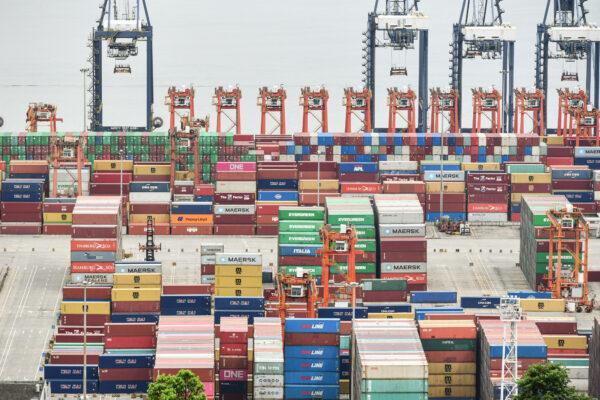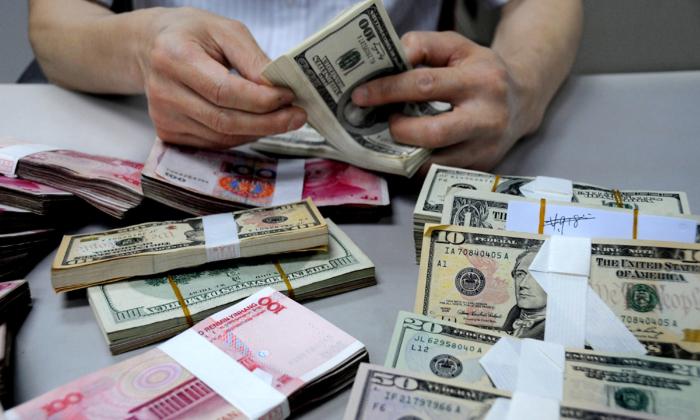China’s General Administration of Customs released import and export figures for the first two months of 2023 on March 7, admitting that imports and exports had fallen year on year (YOY) and manufacturing exports had fallen across the board.
Exports of the Largest Categories of Products Fell Sharply
Mechanical and electrical products have long been China’s largest category of exports, with official figures saying exports increased by 7 percent YOY in 2022. Nevertheless, in the first two months of 2023, China’s exports of mechanical and electrical products ($294 billion, or 58 percent of China’s total exports) fell 7.2 percent from the same period in 2022.Among them, exports of automatic data-processing equipment and parts fell 32 percent in the first two months of 2023 ($26.7 billion) from a year earlier. The value of mobile phone exports ($23.7 billion) increased slightly YOY, but the number of mobile phones exported (110 million units) decreased by 14.4 percent YOY.
Exports of Traditional Items Down
Clothing, toys, furniture, plastics, and other products have been among China’s leading foreign exchange items since the CCP authorities opened up its border to the outside world. In the first two months of 2023, however, exports of related products fell sharply YOY.
Exports of aluminum and rare earths, which China has monopolized in the global market, have also declined.
Imports of Integrated Circuits Fell Sharply
Semiconductors are essential components for China’s mechanical and electrical export products. In October 2022, the United States imposed export controls on the CCP on advanced chips and manufacturing equipment. In January, the Netherlands and Japan, the two most prominent semiconductor equipment manufacturers, were almost certain in joining the U.S. sanctions against the CCP.In the first two months of 2023, China imported 67.58 billion integrated circuits, down 26.5 percent YOY. Its imports amounted to $47.8 billion (12.3 percent of China’s total imports), down 30.5 percent YOY.
Imports of automatic data-processing equipment and components plunged 53.5 percent from a year earlier. Crude oil imports, a key driver of China’s manufacturing industry, fell 5.3 percent YOY to $49.5 billion. Natural gas imports ($12 billion) decreased by 9.2 percent year-on-year.

Exports to Major Markets Fell
Regarding destinations, China’s exports to developed economies fell across the board in the first two months of 2023.The data showed that in January and February, China’s exports to the United States amounted to $71.6 billion (14 percent of China’s total exports), down 22 percent from a year earlier.
China’s exports to the European Union (EU) were $80 billion (16 percent of China’s total exports), down 12.2 percent YOY. Among them, China’s exports to Germany ($15.9 billion) fell 16.7 percent YOY; exports to the Netherlands ($17 billion) were down 3.4 percent YOY; exports to France ($6.4 billion) were down 19 percent; and exports to Italy ($6.9 billion) decreased 21 percent.
China’s exports to Japan amounted to $26.6 billion (accounting for 5.2 percent of China’s total exports), down 1.3 percent YOY; exports to Korea amounted to $24 billion (4.7 percent of China’s total exports), up 2.1 percent YOY; exports to Australia reached $12.3 billion (2.4 percent of China’s total exports), up 3.6 percent YOY. China’s imports lie at 25.3 billion dollars, up 8.6 percent YOY.
However, in the first two months, China’s exports to Russia jumped 20 percent YOY to $15 billion, or 3 percent of total Chinese exports; exports to ASEAN countries reached $82.7 billion (16.3 percent of total exports), up 9 percent YOY; and exports to Africa amounted to $24.9 billion (5 percent of total exports), up 6 percent YOY.





